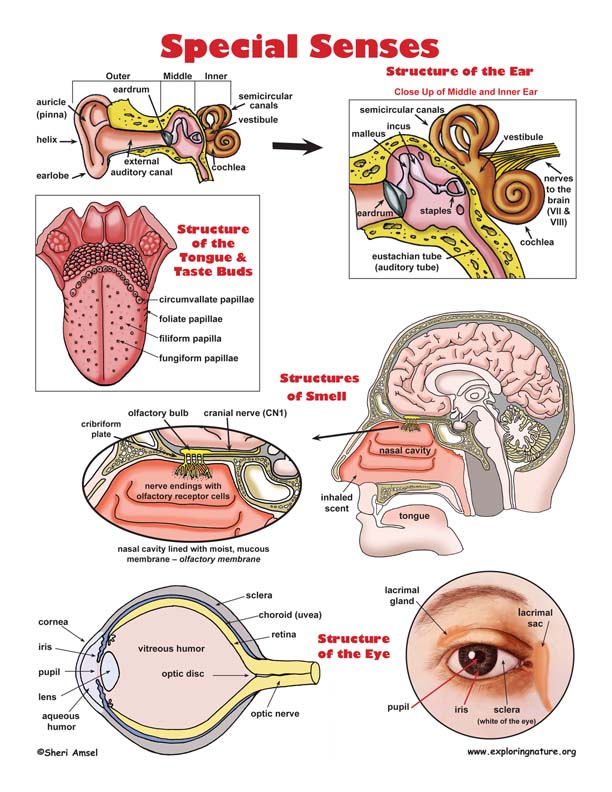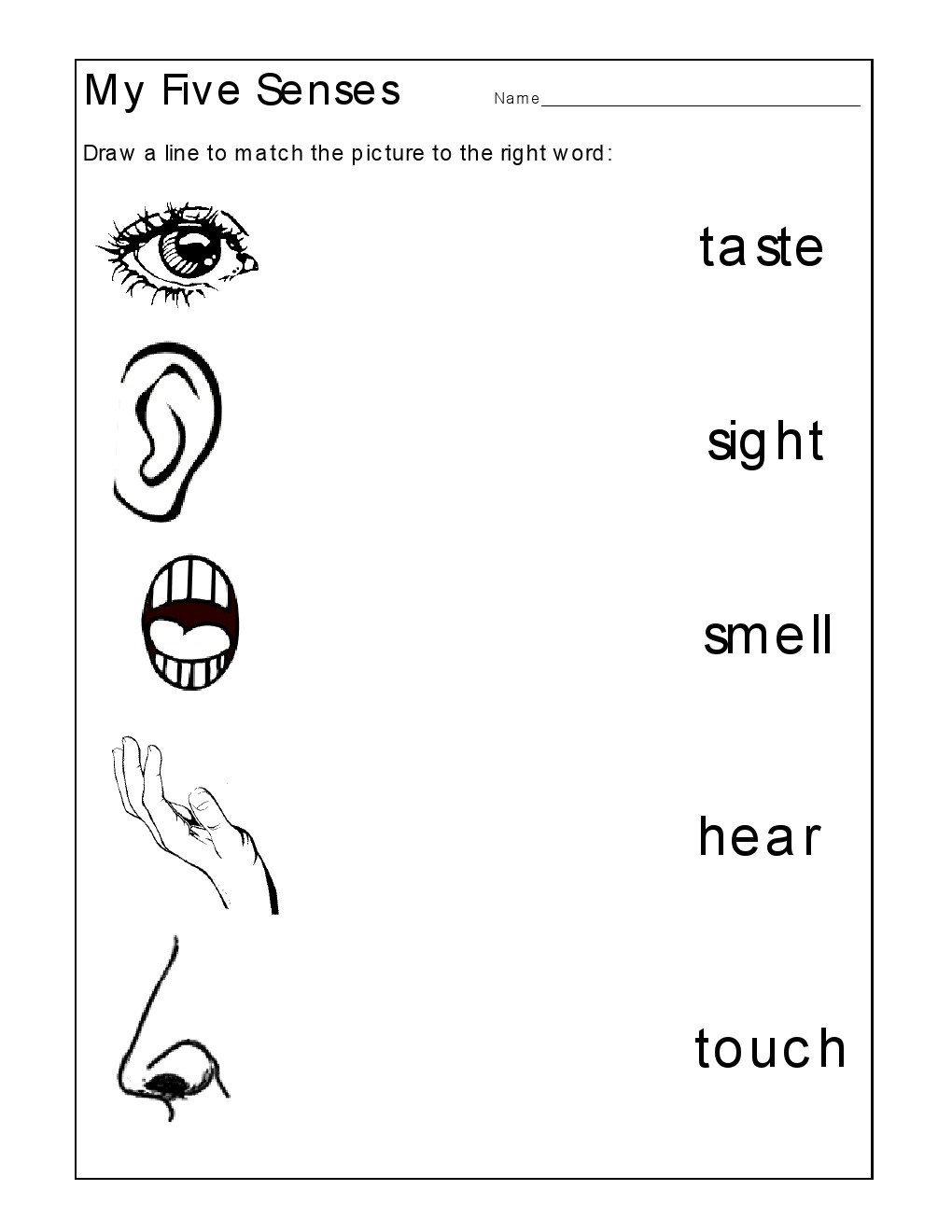5 Sense Organs In Order The five senses of the human body include vision hearing touch taste and smell The human body has specific sensory organs for each of these senses The five basic sensory organs are the eyes ears skin tongue and nose These sensory organs play a major role in signalling information to the brain and help us to perceive the world around us
The five senses include sight smell hearing taste and touch These work directly with the brain Here is how it all happens Find out more A sense is a biological system used by an organism for sensation the process of gathering information about the world through the detection of stimuli Although in some cultures five human senses were traditionally identified as such namely sight smell touch taste and hearing many more are now recognized 1
5 Sense Organs In Order
 5 Sense Organs In Order
5 Sense Organs In Order
https://i.pinimg.com/originals/d6/7f/40/d67f406ca28cfb684e18a4f4aef8e82e.jpg
This occurs because the sense of smell contributes to the sense of taste and a stuffy nose interferes with the ability to smell Figure 11 7 8 11 7 8 The yellow structures inside this drawing of the nasal passages are an olfactory nerve with many nerve endings The nerve endings are located at the roof of the nasal cavity
Pre-crafted templates offer a time-saving option for creating a diverse series of files and files. These pre-designed formats and layouts can be made use of for numerous individual and expert jobs, consisting of resumes, invitations, flyers, newsletters, reports, presentations, and more, streamlining the material development process.
5 Sense Organs In Order

Data Handling Part 1 Interpretation Of Data Learn Science Through

The Worksheet Is Filled With Words And Pictures To Help Students

Eye Donation Busting Common Myths

Special Senses Poster

The Five Senses Organ Human Body Human Nose Eye Face Hand People

The Five Senses Woodward English Basic English For Kids Senses

https://www.visiblebody.com/learn/nervous/five-senses
Much of this information comes through the sensory organs the eyes ears nose tongue and skin Specialized cells and tissues within these organs receive raw stimuli and translate them into signals the nervous system can use

https://www.thoughtco.com/five-senses-and-how-they-work-3888470
We have five traditional senses known as taste smell touch hearing and sight The stimuli from each sensing organ in the body are relayed to different parts of the brain through various pathways Sensory information is transmitted from the peripheral nervous system to the central nervous system

https://www.livescience.com/60752-human-senses.html
There are five basic human senses touch sight hearing smell and taste The sensing organs associated with each sense send information to the brain to help us understand and perceive the

https://www.dummies.com/article/academics-the-arts/science/biology/the-five-sense-organs-in-human-beings-194622/
The sense organs eyes ears tongue skin and nose help to protect the body The human sense organs contain receptors that relay information through sensory neurons to the appropriate places within the nervous system Each sense organ contains different receptors General receptors are found throughout the body because they are present

https://www.vedantu.com/biology/sense-organs
Ears Eyes Nose Tongue Skin These classic five sensory organs help in perceiving sound light smell taste and touch respectively Receptors present in the sense organs can transmit a signal to a sensory nerve and these are classified into two namely general receptors and special receptors
Each person has five sense organs that take in information from your environment and send it to your brain Your brain then processes the information and tells your body how to respond The sense organs are your eyes ears nose tongue and skin Sense Organ Job Sight Eyes Detect color and light Hearing Ears Detect sound Smell Nose Aristotle 384 BC 322 BC is credited with the traditional classification of the five sense organs sight smell taste touch and hearing As far back as the 1760 s the famous philosopher Immanuel Kant proposed that our knowledge of the outside world depends on our modes of perception In order to define what is extrasensory we need to
taste McLuhan presents his beliefs as follows the relationships among the five physical senses may be ranked in order of the degree of fragmentation of perceptions received through them Sight comes first because the eye is such a specialized organ Then come hearing touch smell and taste progressively less specialized senses